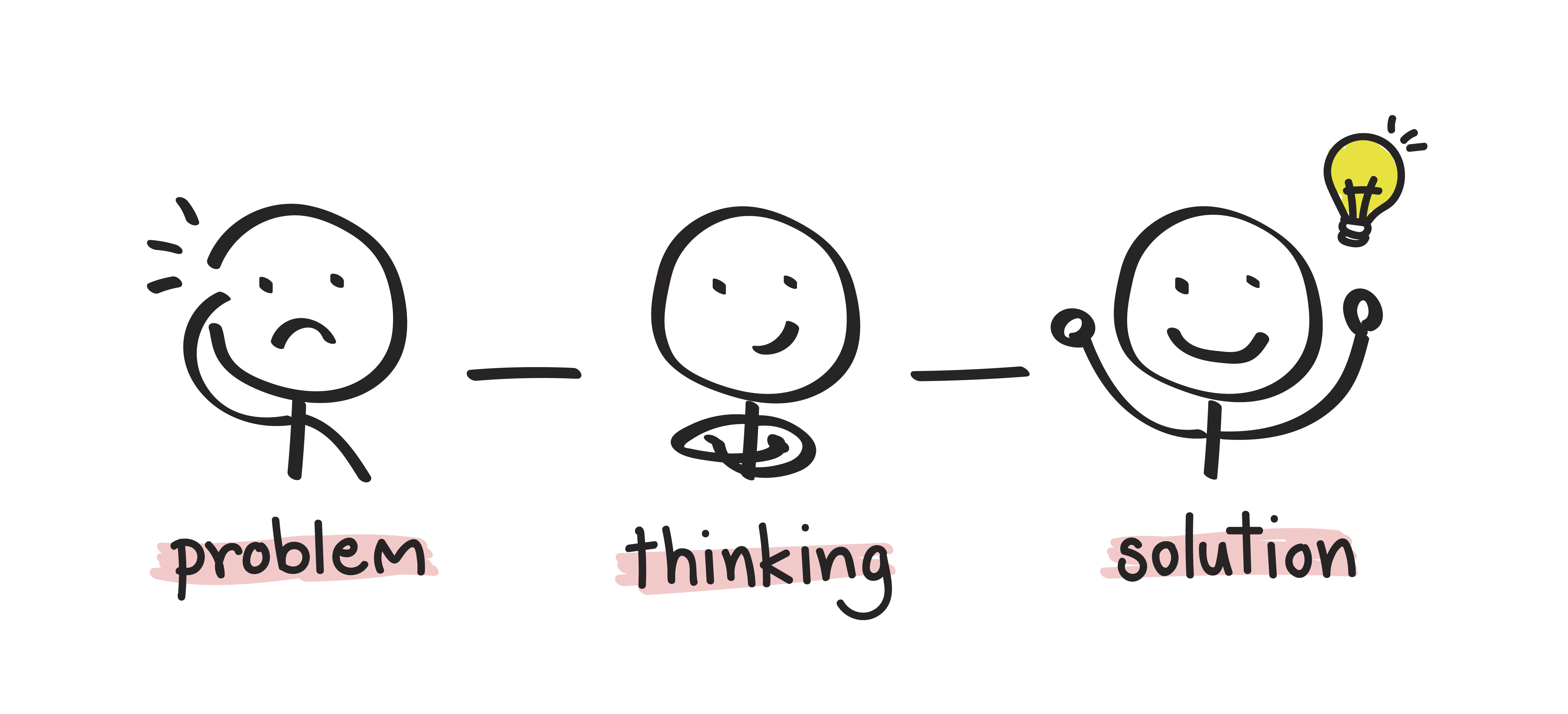
Inventory Ordering Business App
Mobile app design in Microsoft Power Apps
My Role: UX/UI Designer / Product Designer (solor designer)
About: Rapid design of a business application that was developed using Microsoft Power Apps
Team: Myself as the UX/UI Designer/ PRoduct Designer, a Technical Engagement Specialist, an Enterprise Data Manager
Prototype: View prototype on MarvelApp
Time: 1 week, May 2020
- To replace the time-consuming and complicated paper ordering form with a digital app
- To design the application rapidly
- To make the app user-friendly & simple for a NON-tech savvy audience
- To use design patterns that is easy to build in Microsoft Power Apps due to its technical limitations
About the project
Background
This Inventory Ordering Business App was created to reimagine the entire ordering process within the company, which is now quicker and more efficient for the employees of Service Management System's two managed brands. By creating this app, we were able to speed up the workflow of the AP & Purchasing Supervisor as well, who eventually handles the incoming order requests on the backside of the app and sends the requests to vendors upon the approval of managers & supervisors. The app makes it easy for the user to track the progress of all of their orders by being updated whenever the status of the orders has changed. The data is connected to the company's CRM platform (Dynamics 365).
The Challenge
Process


01.Define & Ideate
Goal: To identify the problems and come up with solutions rapidly
Process: Processing the stakeholder meeting notes, Brainstorming solutions
- Paper forms of the Inventory Ordering documents are time-consuming to fill out
- Complicated inventory ordering process: Employees send in their list of needed items through a paper document that they have to print out, fill out, take a photo of and attach the photos in email then finally send it to the AP & Purchasing Supervisor
- Lengthy lists with hundreds of different kind of items seem to be time-consuming to select from when ordering on paper: Employees need to checkmark the items they need to order but since it is on paper, they have to look for each item manually
- AP & Purchasing Supervisor is overwhelmed with a massive amount of incoming emails sent by several employees on a daily level who wish to order certain items for the selected clients who SS offers food processing plant sanitation services.
- Inventory Ordering documents are unorganized in the Mailboxes
- Unable to keep track of previous or current orders easily and efficiently
Since the business app needed to be designed and shipped urgently, I had to challenge myself to design an app without implementing my go-to primary research method, which is in-depth user interviews. Instead, I was required to create the app based on a couple of stakeholder meetings and brief discussions with future users. When all the problems were identified and concluded based on the notes taken, potential solutions were brainstormed and are listed below:.
THE PROBLEMS

- Replacing the Inventory Ordering form document with a digital mobile application offering a simplified ordering flow
- E-commerce style app: Ability to look up the available categorized product catalogs of each clients (food processing plants) and the items can be quickly browsed, searched for and added to cart for order.
- Connect the app’s data and the incoming order requests to the company’s CRM platform (Dynamics 365) through where the AP & Purchasing Supervisor is able to handle the orders instead of receiving them in his Outlook inbox
- Ability to track all the orders created by each user
- Status feature: Lets the user follow the progress of the created order request that needs to be viewed and approved by Managers or Supervisors before get sent to the purchasing department
THE SOLUTIONS
- I rapidly sketched out the main screens of the app while keeping in mind the existing problems and suggested solutions.
- I was also referring to the Inventory Ordering paper document that all the employees were using at that point when they wanted to submit a new order to the purchasing department.
- I scheduled a meeting with my team to propose my e-commerce style app idea and direction to discuss and receive valuable feedback on it.
- After some initial discussions I got the green light to move forward with the idea so I was ready to dive myself into the high-fidelity wireframes as we had a very limited time to ship the product.
02.Design
Goal: To design the app rapidly and get ready for usability testing
Process: Low-fidelity Sketches, High-fidelity Wireframes
Low-fidelity Sketches
What did I do?

High-fidelity wireframes
Based on the low-fidelity sketches, I started to design the high-fidelity wireframes and prepare a prototype to use during the upcoming usability tests. I have estabilished the branding of the company prior to this project so had to make sure to design the user interface according to the branding guidelines. While I was working on the wireframes, I had to keep in mind that Microsoft Power Apps has technical limitations so I needed to keep the design as simple as possible. I was required by the developer to place all visual elements and the content to a fixed screen size wherever it was possible to do so. I also had to keep in mind that the product will be used by employees who have little to no experience with modern applications so the interface had to be designed using common UI design patterns to increase the ease of use of the product. It was definitely challenging but I have overcome the barriers rapidly.


